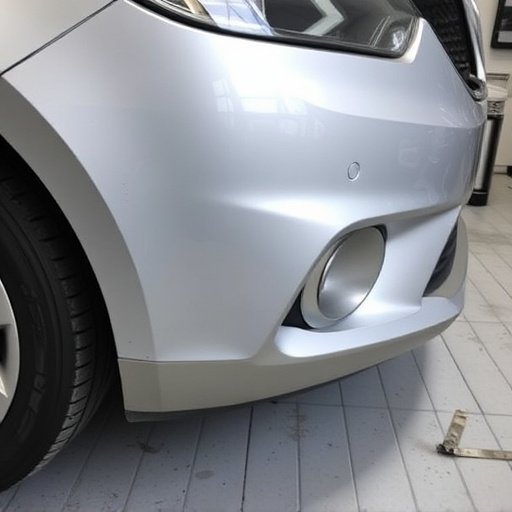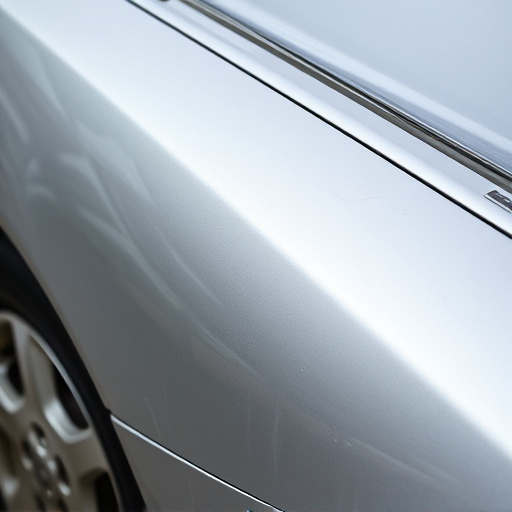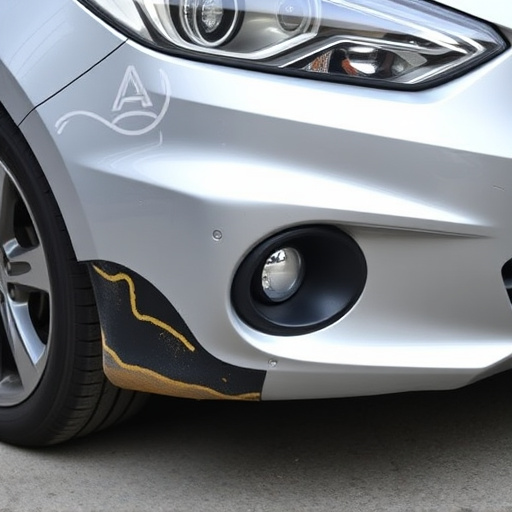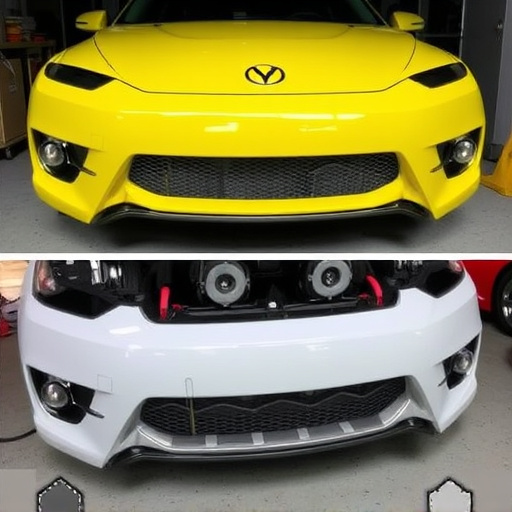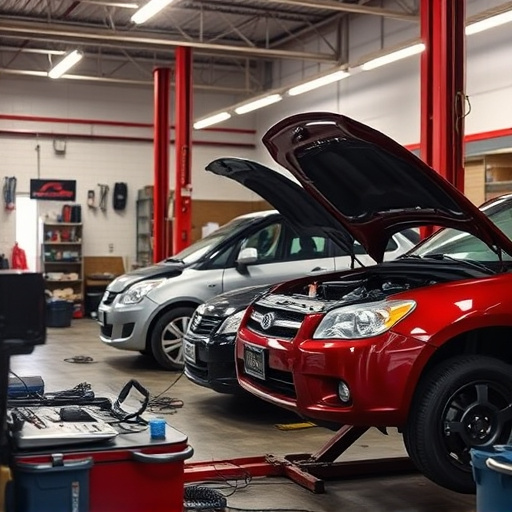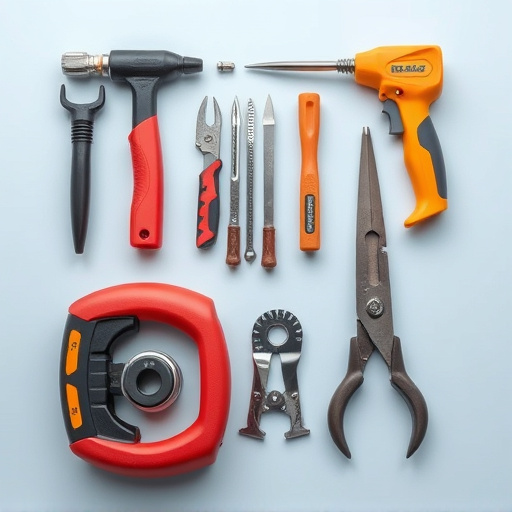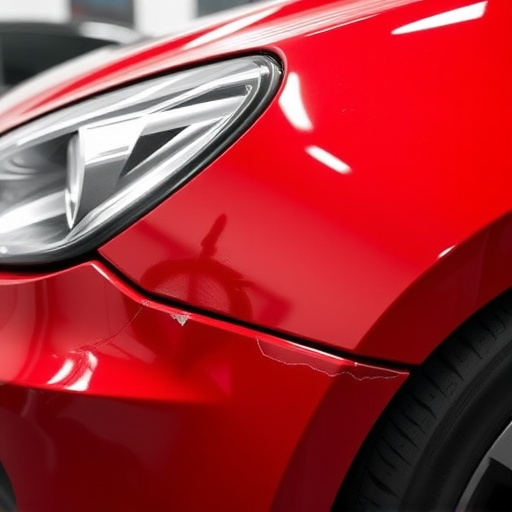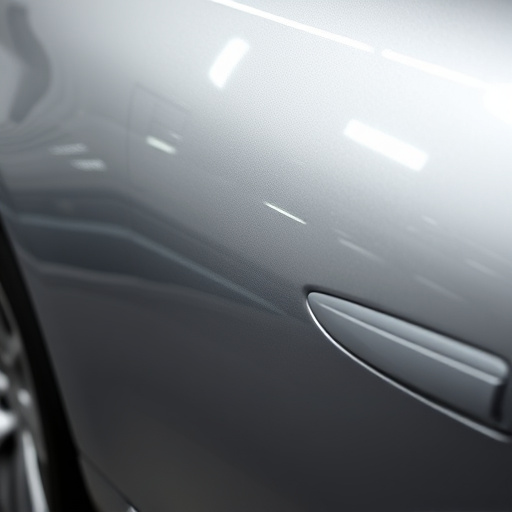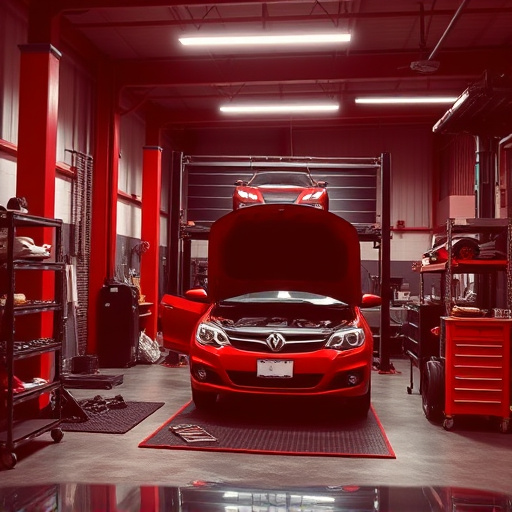Full panel replacement is a detailed vehicle repair process involving precise reconstruction of damaged exterior panels using advanced dent removal and car paint services. Key factors include accurate cutting, proper adhesive and sealant application for structural strength, water protection, longevity, and aesthetic preservation to maintain vehicle value. The right adhesives and sealants, such as polyurethane and silicone, ensure durable, water-resistant repairs. Meticulous preparation techniques, including cleaning, de-greasing, and precise adhesive dispensing, achieve high-quality results, enhancing structural integrity and water resistance in both classic car restoration and minor accident repairs.
Adhesives and sealants play a crucial role in successful full panel replacement work, ensuring structural integrity and long-lasting results. This comprehensive guide delves into the essential aspects of this process, from understanding specific requirements to selecting the optimal adhesives for the job. We explore effective application techniques that guarantee durability, providing valuable insights for professionals navigating the world of full panel replacements.
- Understanding Full Panel Replacement Requirements
- Choosing the Right Adhesives and Sealants
- Effective Application Techniques for Longevity
Understanding Full Panel Replacement Requirements
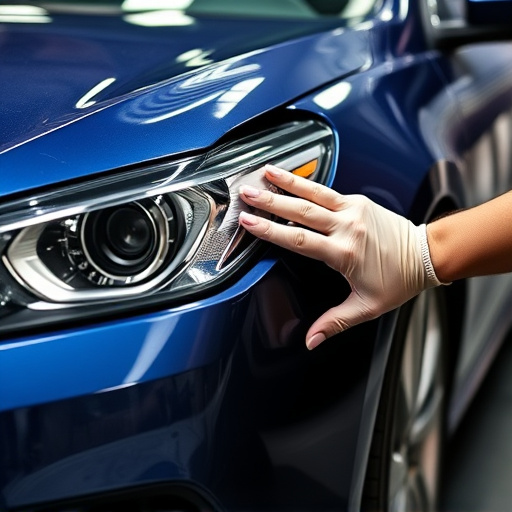
Full panel replacement is a specialized process within vehicle repair services that demands meticulous attention to detail. It involves the complete removal and subsequent precise reconstruction of a vehicle’s exterior panel, often due to damage incurred from accidents or other incidents. This intricate procedure requires a deep understanding of car dent removal techniques as well as the specific car paint services needed to ensure a seamless finish.
Successful full panel replacement hinges on several critical factors. It mandates the accurate measurement and cutting of new panels to fit perfectly, preserving the vehicle’s original aesthetics. Moreover, the proper application of adhesives and sealants is paramount to guarantee structural integrity and protect against water intrusion, ensuring longevity and maintaining the car’s value.
Choosing the Right Adhesives and Sealants
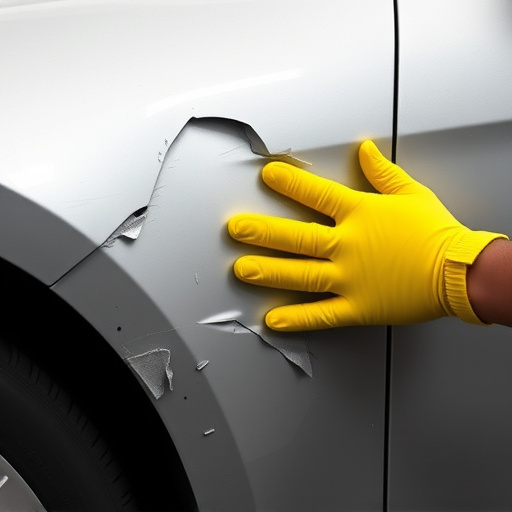
When undertaking full panel replacement work in auto body repairs or automotive collision repair, selecting the appropriate adhesives and sealants is paramount to ensuring structural integrity, long-lasting durability, and water resistance. The right products can significantly impact the final quality of the repair, making it essential to consider factors like compatibility with materials, environmental conditions, and desired bond strength.
For instance, polyurethane-based adhesives are popular choices for their versatility in bonding various materials used in vehicle body repair. Silicone sealants, on the other hand, offer excellent water resistance and are ideal for seals that need to withstand harsh weather conditions. Understanding the specific requirements of your project and choosing products designed for full panel replacement will contribute to a successful and long-lasting repair job.
Effective Application Techniques for Longevity
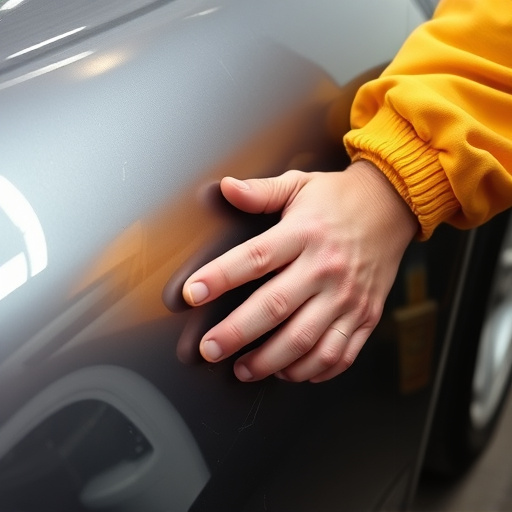
In full panel replacement work, effective application techniques are paramount to ensure longevity of adhesives and sealants. The process begins with thorough preparation of the surface, which involves cleaning and de-greasing to remove any contaminants that could hinder adhesion. Priming is a crucial step that enhances bonding strength by creating a roughened surface texture, improving mechanical interlock with the adhesive. For classic car restoration projects, where precision and authenticity are paramount, careful application techniques are essential to maintain historical accuracy.
In a vehicle body shop handling minor accidents, like fender benders, efficient application of adhesives and sealants can significantly impact repair time and overall quality. Professional technicians employ tools such as air compression and specialized applicators to achieve precise, controlled dispensing. This ensures that the adhesive is evenly distributed, filling all gaps and creases without excess, thereby promoting long-lasting water resistance and structural integrity.
In conclusion, successful full panel replacement work hinges on selecting the appropriate adhesives and sealants, understanding specific application requirements, and employing effective techniques. By carefully considering these factors, professionals can ensure durable and long-lasting results in any vehicle repair or restoration project. This comprehensive approach to full panel replacement not only restores structural integrity but also guarantees a seamless, high-quality finish.

